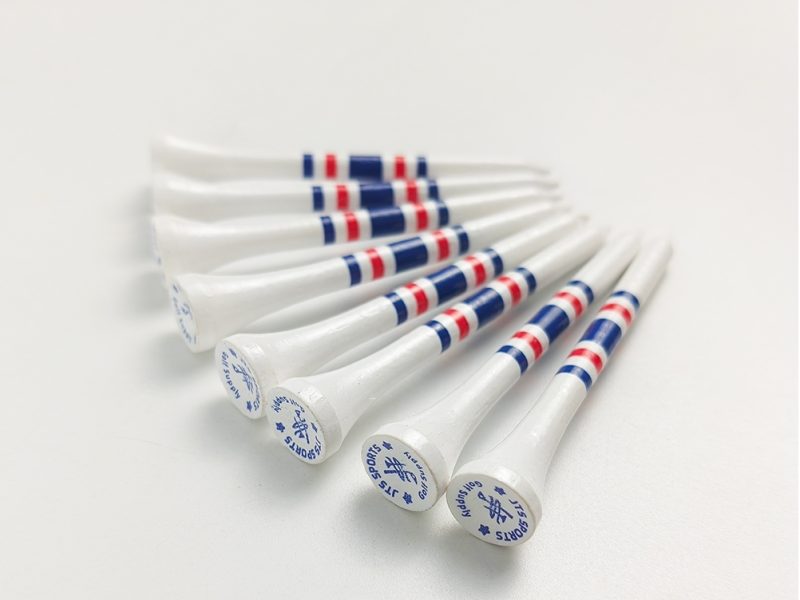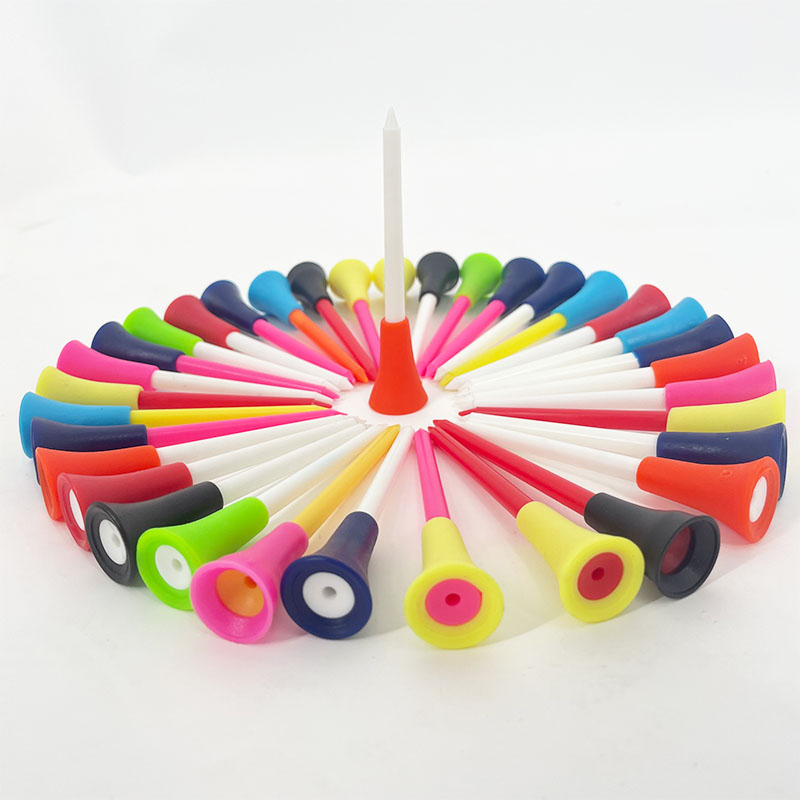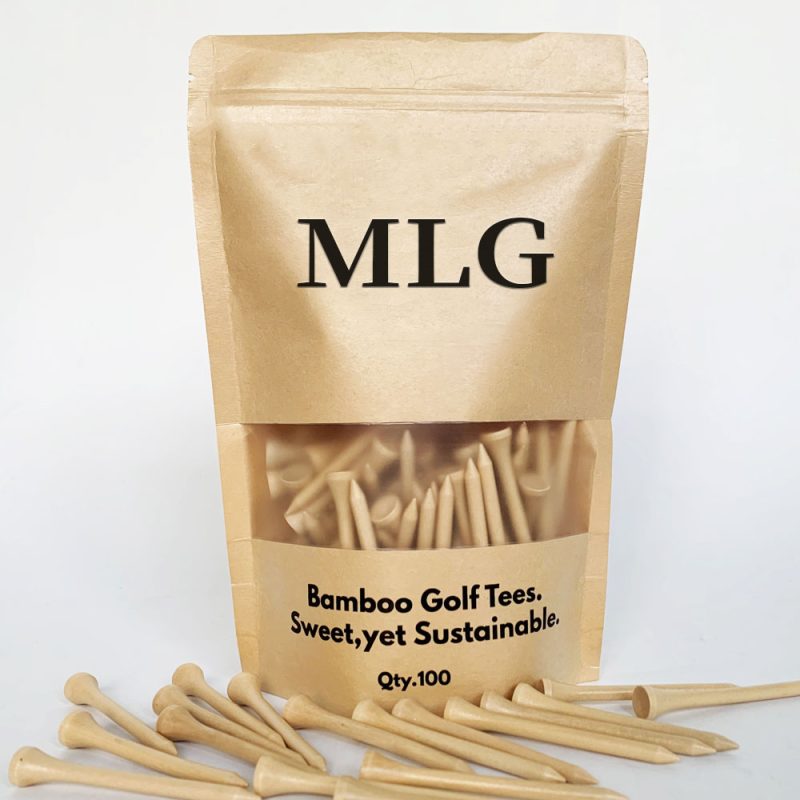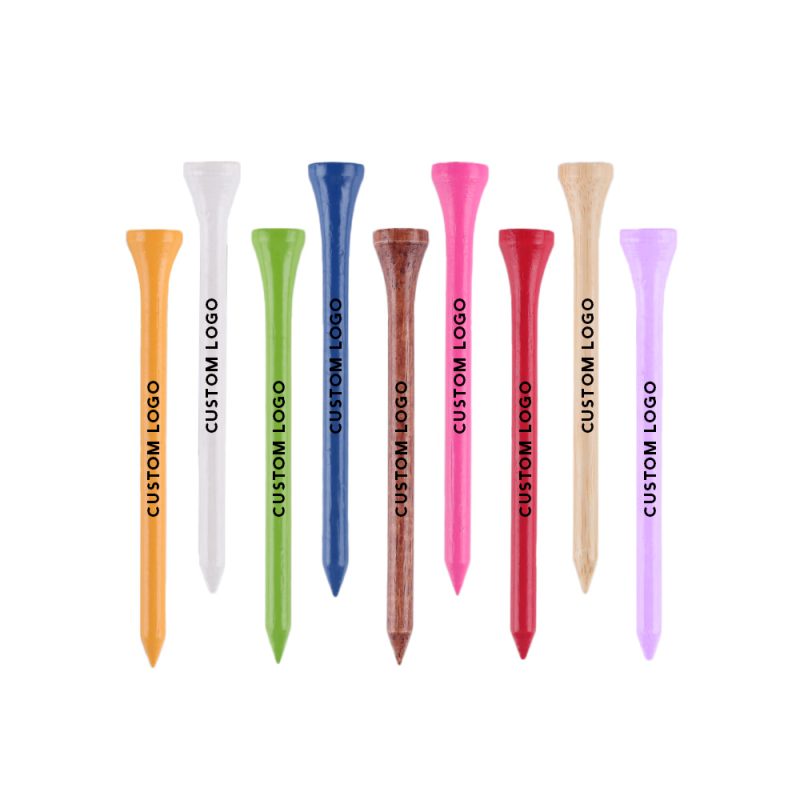The Invisible Powerhouse: Golf Tees in the World of Golf
Golf, often hailed as a gentleman’s sport, is a game of precision, strategy, and finesse. While much of the focus is typically on the golfers’ swings, the courses’ landscapes, and the intricacies of the game’s rules, there is an unassuming yet indispensable element that plays a crucial role in every round – the golf tee. Despite its small size and seemingly negligible presence, the golf tee wields a significant influence on a golfer’s performance, the overall experience of the game, and even the environmental impact of the sport.

The diversity of golf tees is a testament to the continuous innovation and adaptation within the golfing industry. Wooden tees, the traditional choice for many golfers, have a rich history and a certain nostalgic charm. They are typically crafted from hardwoods such as maple or birch, offering a natural look and feel. The sound of a wooden tee breaking upon impact with the ball is a familiar and almost comforting auditory cue on the golf course. However, their susceptibility to breakage means that golfers often need to carry a sufficient supply during a round. This not only adds to the cost over time but also contributes to a certain level of waste, as broken tees are discarded on the course.
Plastic tees, on the other hand, have become increasingly popular due to their durability. Made from various types of polymers, these tees can withstand multiple shots without breaking, making them a practical and cost-effective option. Many plastic tees are designed with advanced features aimed at optimizing the golfer’s performance. For instance, some have a stepped or slotted top that helps to position the ball more precisely, reducing friction and allowing for a cleaner strike. Others are engineered with aerodynamic shapes to minimize air resistance during the swing, potentially increasing the distance of the shot. The versatility of plastic tees also extends to their color options and designs, allowing golfers to express their personal style on the course.

Bamboo tees have emerged as a sustainable alternative in recent years, driven by the growing awareness of environmental issues. Bamboo is a highly renewable resource, known for its rapid growth rate and minimal environmental impact. Bamboo tees offer a similar level of performance to their wooden counterparts while being more eco-friendly. They are biodegradable, which means that when they are discarded on the course, they will naturally decompose over time, reducing the amount of waste left behind. This makes them an attractive choice for golfers who are conscious of their environmental footprint and want to contribute to the preservation of the beautiful golf courses they play on.

The height of the golf tee is a critical factor that can significantly affect a golfer’s shot. A higher tee allows the ball to be positioned higher off the ground, providing more lift and potentially increasing the distance of the drive. This is especially beneficial when using a driver, as it enables the golfer to achieve a more optimal launch angle. However, a higher tee also requires more precision in the swing, as it can be more challenging to make solid contact with the ball. Conversely, a lower tee is often preferred for irons or when the golfer wants to keep the ball flight lower, such as in windy conditions or when aiming for a specific target on the fairway. Experimenting with different tee heights is an essential part of a golfer’s learning process, as it helps them to find the setup that best suits their swing style and the specific conditions of the course.
In addition to its technical importance, the golf tee also has a role to play in the etiquette and culture of the game. When teeing off, golfers are expected to follow certain rules and customs. For example, they should place their tees within the designated tee box area and maintain a respectful distance from other players to avoid interference. Picking up and properly disposing of used tees is also considered good etiquette, as it helps to keep the course clean and tidy. These small acts of courtesy and respect contribute to the overall atmosphere of sportsmanship and camaraderie on the golf course.

Furthermore, the golf tee can also be a source of innovation and technological advancement. Some companies are now developing smart tees that incorporate sensors and other advanced technologies. These tees can provide valuable data and feedback to the golfer, such as information about the swing speed, angle of impact, and ball trajectory. This data can be used to analyze and improve the golfer’s technique, helping them to become more consistent and accurate in their shots.
In conclusion, the golf tee is far more than just a simple piece of equipment. It is an integral part of the game of golf, influencing everything from a golfer’s performance to the environmental sustainability of the sport.Whether it’s the traditional wooden tee, the durable plastic tee, or the eco-friendly bamboo tee, each type has its own unique advantages and characteristics. As the golfing industry continues to evolve, we can expect to see even more innovation and development in the world of golf tees, further enhancing the game and the experience for golfers of all levels. So, the next time you step onto the tee box, take a moment to appreciate the humble golf tee and the important role it plays in the wonderful world of golf.
